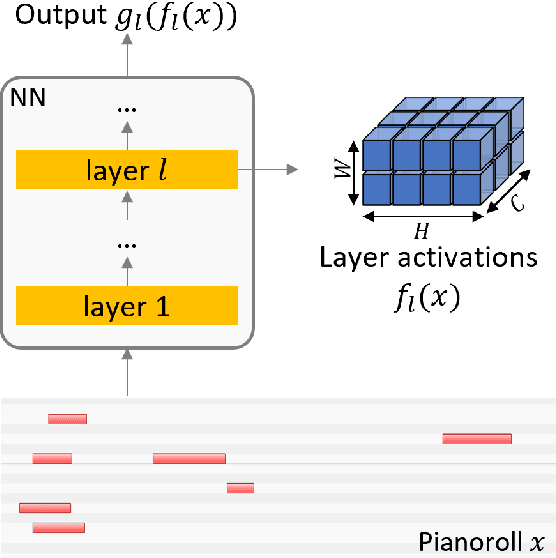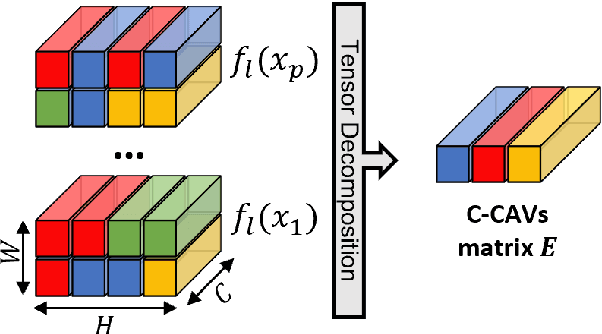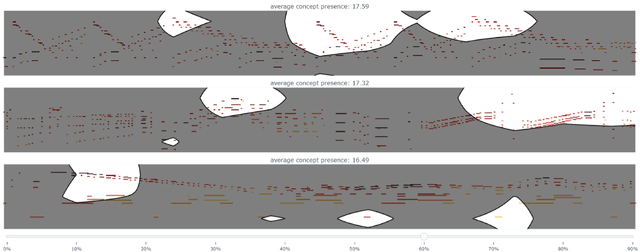Concept-Based Techniques for "Musicologist-friendly" Explanations in a Deep Music Classifier
Paper and Code
Aug 29, 2022



Current approaches for explaining deep learning systems applied to musical data provide results in a low-level feature space, e.g., by highlighting potentially relevant time-frequency bins in a spectrogram or time-pitch bins in a piano roll. This can be difficult to understand, particularly for musicologists without technical knowledge. To address this issue, we focus on more human-friendly explanations based on high-level musical concepts. Our research targets trained systems (post-hoc explanations) and explores two approaches: a supervised one, where the user can define a musical concept and test if it is relevant to the system; and an unsupervised one, where musical excerpts containing relevant concepts are automatically selected and given to the user for interpretation. We demonstrate both techniques on an existing symbolic composer classification system, showcase their potential, and highlight their intrinsic limitations.
 Add to Chrome
Add to Chrome Add to Firefox
Add to Firefox Add to Edge
Add to Edge